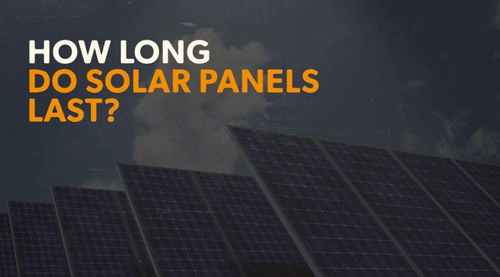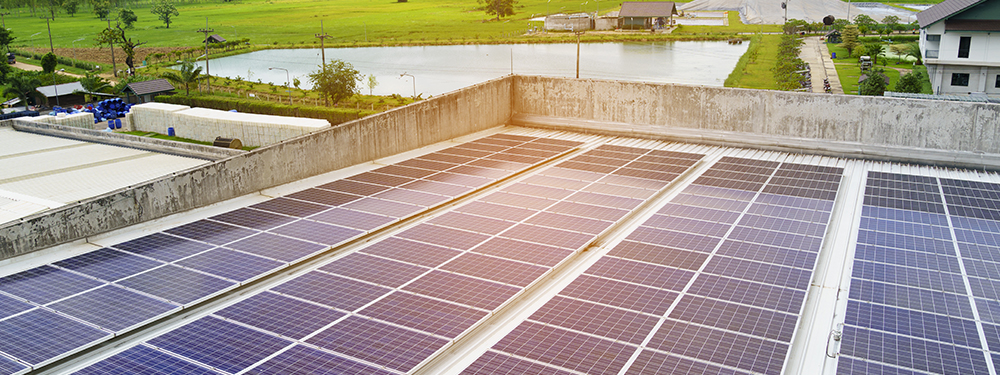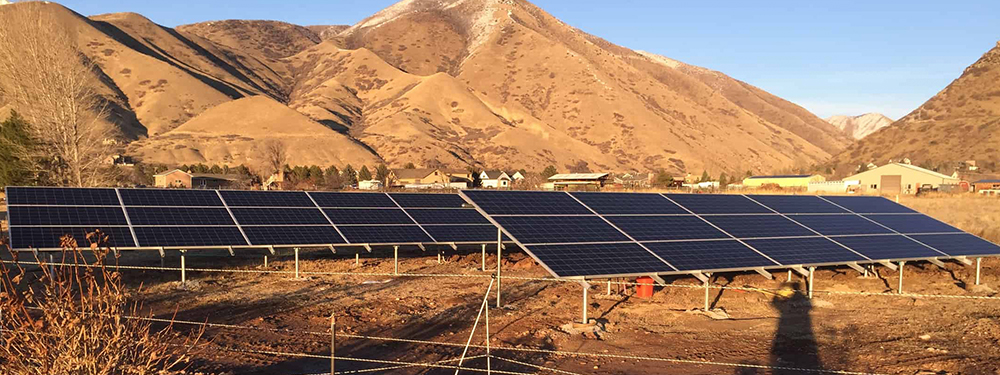Complete Solar Installation vs. Solar-Ready Home
A solar-ready home is a new home equipped with specific features to make solar panels easier and more affordable to install in the future. Conversely, a complete solar installation involves mounting a solar panel system on a new build or an existing structure. Certain features must be included and regulations must be met on solar-ready homes.
Builders must understand the difference between a complete solar installation and a solar-ready solution. Some clients may ask how to install solar panels themselves in the future, while others want you to complete the installation during the initial construction.
Builder Checklist for Constructing a Solar-Ready Home
As a builder, you should approach constructing a solar-ready home differently than a traditional home project. Consider these technical considerations when completing the house plans.
Structure Positioning and Shading
The home’s position is important because it directly impacts the functionality and performance of a future solar system installation. The home must be positioned to allow for maximum sunlight to hit the panels. Ideally, a solar-ready home’s roof should be sloped in a south-facing manner. South-facing roofs are ideal for future solar panel installations. Further, even a small amount of shade can impact the functionality of the system. Design and position the home to ensure there is as little shade around the roof as possible.
Roof Design
The design of the roof must be able to withstand the weight of a future solar installation. Solar systems weigh an average of 5 pounds per square. The home’s designer should choose durable materials to accommodate the weight of the solar panels. The design should also minimize the number of other structures on the roof. Having a durable roof free of obstructions makes for an easier panel installation in the future. By carefully considering the roof design when constructing a solar-ready home, you reduce the risks of roof leaks in the future.
Depending on the buyer’s requirements, you may want to install the solar panel system mounting hardware during initial home construction to avoid confusion later on.

Builder Checklist for Completing a Solar Panel Installation
Solar panel systems can be installed during the initial home construction or they can be added at a later time — but regardless of which type of installation you are completing, there is a careful process that must be followed. Here are the basic steps involved in a complete solar panel installation.
Design Process and Site Visits
If you’re integrating the solar panels into a new build project, you’ll need to add appropriate features to the house plans. The roof should be south-facing and installed at a 45-degree angle to promote maximum sunlight absorption. Additionally, trees and other large structures should be avoided to eliminate excessive shading.
If your client wants a solar panel system installed on an existing structure, the process is different. First, an engineer would need to visit the property to evaluate the home’s electrical status. All house features must be compatible with solar panel technology. The engineer will also need to assess the condition and durability of the existing roof. You may need to have the homeowner upgrade their electrical panel to increase the home’s amp capacity before solar installation can begin.
You should conduct a general site evaluation before the engineering visit. Before a contract is signed, a company representative should visit the home to assess the roof type and angle of the roof. Some home styles are not compatible with solar panels, and you should disclosed this to the homeowner before a contract is signed.
Acquire Permits and Documents
Installing a solar panel system requires a decent amount of paperwork. The builder is responsible for knowing local and state regulations and applying for the proper permits. For example, some states require roofs to have at least 3 feet of space around the panels, while other states do not have any requirements.
State and federal incentives such as clean energy tax credits also require extensive applications. Regardless of whether the customer is buying or leasing the solar panel equipment, the builder is responsible for filing this paperwork.
Choose Equipment and Order Supplies
As a builder, you’ll be responsible for choosing the right solar equipment for the installation — before the contract is signed. Equipment like solar panels and inverters should be selected and ordered after the permits are obtained and the proper paperwork is filed.
Work with the homeowners to select a particular brand that is durable, efficient, affordable and aesthetically compatible with the home’s style.
Install the Solar System
Your technicians should start by preparing the roof for solar by installing the racking system, which holds solar panels in place. Different kinds of roof materials (comp. shingle, metal, tile, etc.) use different hardware to mount panels, so make sure that your racking system is intended for the type of roof you’re installing on.
Once racking is installed, the next step is to mount panels on the racking rails. If your system design uses microinverters or optimizers, these will need to be attached to each panel as well.
Next, your electrician will need to complete the wire run to hook the panels up to the electrical panel and inverter(s). Inverters convert the direct current (DC) energy generated by solar panels into usable alternating current (AC) energy that can be used to power appliances in the home.
Final Approval
The final step is turning on the system so it can start generating solar power. Keep in mind a local official must approve the system’s installation before it can be connected to the local electrical grid. The final approval process generally takes from a few days to a few weeks depending on the area.
Work With Unbound Solar® and Learn How to Install Solar Panels
If you are a builder looking to purchase solar panel systems for your clients, contact Unbound Solar® today. We sell a variety of solar systems, panels, energy storage devices, and accessories. We provide top-notch supplies to both commercial and private clients and are committed to delivering clean energy solutions to business and residential customers. Whether you are a business providing solar panels for clients or a homeowner wondering how to install solar panels yourself, we can help.



